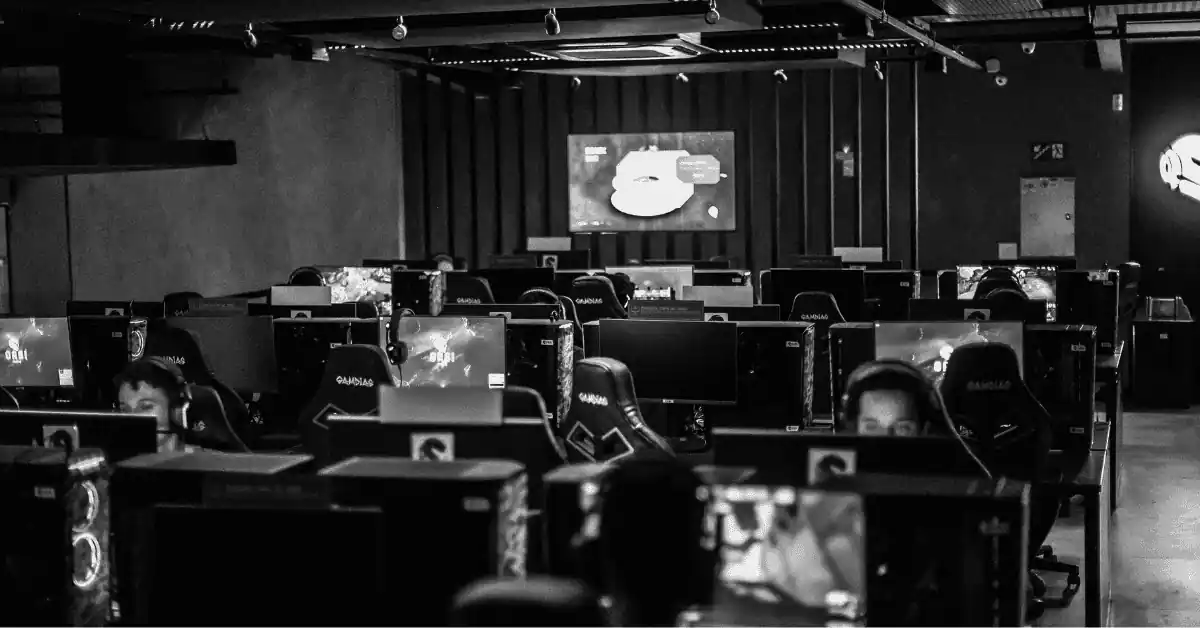Imagine a world where filmmakers don’t need to travel to far-flung locations or build massive physical sets to bring their creative visions to life. Welcome to the virtual studio technology revolution! In recent years, the use of virtual studios has exploded in popularity, especially in industries like film, broadcasting, and even live events.
Gone are the days of green screen workarounds and clunky CGI. Today, virtual studios are transforming how content is produced, enabling studios to create stunningly realistic environments at a fraction of the cost and time. So, what’s the deal with all this virtual tech, and how does it work?
In this blog, we’ll explore the ins and outs of virtual studio technology—from its evolution to its practical applications—and how it’s reshaping the future of production in entertainment, broadcasting, and beyond.
What Is Virtual Studio Technology?
At its core, virtual studio technology allows creators to build digital environments in real-time that seamlessly blend with live footage. Instead of relying on green screens, actors, or hosts interact with LED screens, motion-capture technology, and high-level rendering systems to create environments that look and feel real.
These technologies are often powered by advanced real-time rendering engines like Unreal Engine or Unity. These tools enable filmmakers to shoot scenes indoors while digitally simulating outdoor settings, from bustling city streets to alien planets, all without leaving the studio.
The History and Evolution of Virtual Studio Technology
Let’s rewind a bit. The journey of virtual studio technology began with green screen effects—a tool that allowed filmmakers to replace a solid-colored background with digital images or video. While effective, green screens often required complex post-production work and didn’t offer the flexibility filmmakers craved.
Then came virtual production. This method uses LED walls, camera tracking, and motion capture to create more immersive environments. A pivotal moment in this evolution was the production of “The Mandalorian” (2019), which famously used virtual sets powered by Stagecraft, an in-house solution created by ILM (Industrial Light & Magic). This technology allowed filmmakers to interact with their virtual environments in real time, making it a game-changer for the industry.
Why Virtual Studios Are a Game-Changer for Filmmakers
Here’s why filmmakers are falling head over heels for virtual studio technology:
Cost-Efficiency
Think of virtual studios as an investment in future-proof production. Traditional sets and location shoots come with sky-high costs, including travel, set design, and crew. Virtual studios cut those costs by eliminating the need for physical sets and locations. In fact, productions can create entire worlds using just one or two sets.
Time-Saving
The phrase “time is money” couldn’t be truer in the world of filmmaking. With virtual studio tech, productions can shoot scenes faster and more efficiently. No more waiting for the perfect weather or dealing with unpredictable schedules. With virtual sets, everything is at your fingertips—no delays!
Creative Freedom
Virtual studios give filmmakers the power to design any world they can dream up. Whether you’re shooting a sci-fi epic or a historical drama, you can create as many unique environments as needed, all with the push of a button. The only limit is your imagination.
How Virtual Studios Work: Behind the Scenes
Okay, so how does all this magic actually work? Let’s break it down:
LED Screens and Real-Time Rendering
The key to creating a believable virtual environment is LED screens—large, high-definition screens that display digital landscapes. These screens work in tandem with real-time rendering engines like Unreal Engine to bring these landscapes to life. As the camera moves, the environment shifts in sync, making it feel like the actors are truly within that space.
Camera Tracking and Motion Capture
Filming in a virtual studio is not all about the visuals. Camera tracking ensures that the camera’s movements in the real world are mirrored in the virtual world. This means that every camera tilt, pan, or zoom is reflected in the virtual environment. Motion capture allows actors to physically interact with digital characters or props, making the world feel more immersive.
Software Solutions for Virtual Studios
Several software platforms enable the creation of virtual environments, but some of the top contenders are Unreal Engine, Unity, and Disguise. These platforms offer high levels of flexibility, allowing creators to push the boundaries of what’s possible in virtual production.
The Role of Virtual Studios in Live Broadcasting
It’s not just Hollywood that’s using virtual studio technology—broadcasting and live events have also jumped on the bandwagon.
News and Sports Broadcasting
Virtual sets are becoming increasingly common in news programs and sports broadcasts. Anchors and reporters can now present in highly realistic digital environments, ranging from a corporate newsroom to a bustling sports arena. The ability to integrate real-time data (like weather or scores) makes broadcasts more dynamic and engaging.
Virtual Events and Webinars
Virtual studio technology isn’t limited to traditional broadcasting. The rise of virtual events, such as webinars, product launches, and corporate conferences, has also benefited from these digital environments. Companies can now create immersive, interactive spaces for online audiences, which enhances viewer engagement and brand presence.
Applications of Virtual Studio Technology Beyond Film
The potential of virtual studio technology extends far beyond entertainment:
Corporate Training and Education
Companies are using virtual environments for training simulations, enabling employees to practice real-world scenarios in safe, controlled settings. Imagine a firefighter training in a simulated burning building, or a pilot training in a virtual cockpit—these applications save lives and improve performance.
Advertising and Marketing
Brands have also embraced virtual sets for advertisements and product demos. With virtual technology, marketers can craft stunning, photorealistic environments that captivate audiences and boost brand recognition.
Challenges and Limitations of Virtual Studios
While virtual studio technology offers amazing benefits, it’s not without its challenges:
High Equipment Costs
While virtual studios can reduce location and set costs, the initial investment in technology is still significant. The cameras, LED walls, and motion capture systems needed to create virtual environments aren’t cheap. Plus, skilled professionals are needed to operate the equipment.
Complexity and Learning Curve
Virtual production isn’t plug-and-play. It requires specialized knowledge of virtual set design, motion capture, and real-time rendering software. Filmmakers and technicians need to invest time in training to master this technology.
Conclusion: The Future Is Virtual
Virtual studio technology is redefining how content is created and consumed. From cutting-edge films to immersive live events, the possibilities are endless. While the technology does come with its challenges, the benefits—cost savings, creative freedom, and faster production timelines—make it a valuable investment for the future of entertainment, broadcasting, and beyond.
As virtual studio technology continues to evolve, one thing is clear: the future of filmmaking and broadcasting is going virtual.
FAQs
1. What is a virtual studio?
A virtual studio uses digital environments created with real-time rendering, motion capture, and camera tracking technology to produce realistic scenes without needing physical sets.
2. How does virtual studio technology work in live broadcasts?
It allows news anchors and hosts to present in digitally created environments, making it possible to create dynamic, immersive broadcasts without physical locations.
3. Can virtual studios be used for live events?
Yes, virtual studio technology is commonly used for virtual events like webinars, conferences, and concerts, providing an engaging experience for online audiences.
4. What software is used in virtual studio technology?
Popular software includes Unreal Engine, Unity, and Disguise, which help create real-time 3D environments and integrate live data.
5. What are the main benefits of virtual studio technology for filmmakers?
Virtual studios save on set costs, time, and offer greater creative flexibility by allowing filmmakers to shoot in digital environments without leaving the studio.






